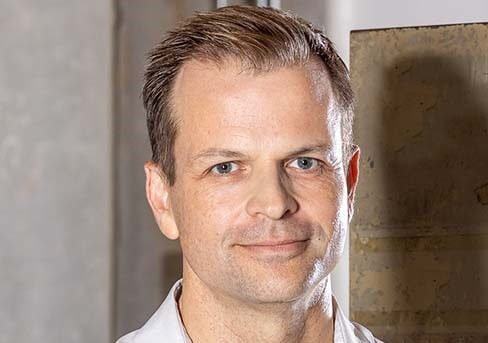Hyperlight Energy, a developer of Hylux, a concentrated solar power (CSP) technology, has signed an exclusive license agreement with the U.S. Department of Energy’s National Renewable Energy Laboratory (NREL) for its patented receiver design technology. The design improves the performance of linear Fresnel reflector (LFR) receivers used in Hyperlight’s CSP platform.
The improved performance facilitated by NREL’s receiver design, combined with Hyperlight’s low-cost reflector system, will increase the value of the Hylux platform for customers. Hyperlight is prioritizing rapid optimization and deployment of this technology at a time when companies and industries are pushing through the world’s toughest decarbonization challenges.
“We’ve worked in partnership with NREL on our in-house developed world-beating low-cost reflector system for close to a decade,” says John King, CEO and co-founder of Hyperlight Energy. “We’re thrilled to now be executing on our plan to add best-in-class performance to our offering by integrating their proprietary receiver design methodology into Hylux.”
Traditional CSP projects require large quantities of expensive steel to construct, leading to scalability challenges. By contrast, Hyperlight makes Hylux using domestically sourced recyclable plastic. Hylux can be installed on-location and designed to fit a range of industrial settings. The end result is a platform which uses mirrors to capture and reflect the sun’s heat, generating steam to efficiently power industrial processes, manufacturing, oil extraction and more.
“The new technology from NREL offers a breakthrough in design methodology that optimizes optical capture, with no additional cost for the hardware,” states Guangdong Zhu, inventor and senior engineer at NREL. “Up until now, the receiver design process started with an equation followed by a ‘guess-and-check’ approach through optical modeling of multiple iterations of the curve. However, the best way to do it is to use optical modeling from the start and let that tell you the optimal design with no guess work involved. You end up with the same material and production cost, but with a boost in performance for free.”



